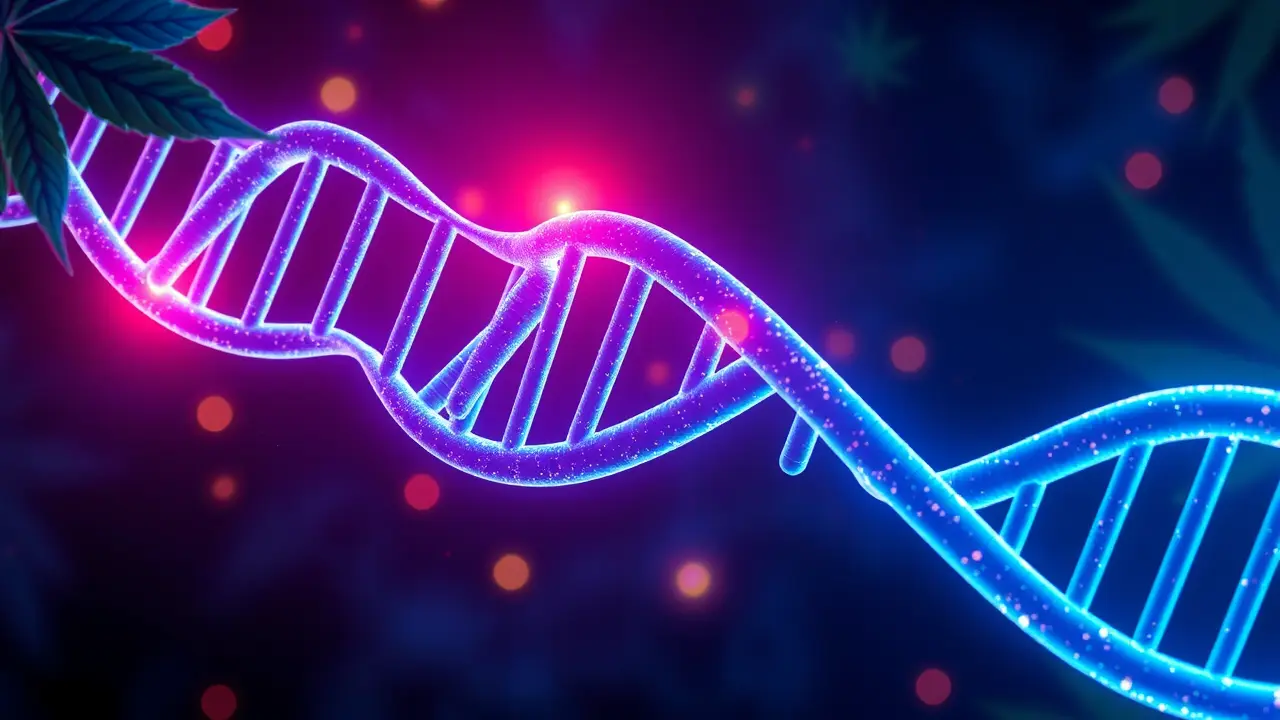Your DNA may shape how you use cannabis
In a landmark study that feels like a page torn from a near-future medical thriller, a major collaboration between UC San Diego and the genetic behemoth 23andMe has begun to unravel the complex biological code governing our relationship with cannabis. The research, a sophisticated genome-wide association study, has pinpointed specific genes, CADM2 and GRM3, that act as hidden architects of cannabis use behaviors, effectively demonstrating that your DNA may significantly shape how you use the substance.This isn't just about identifying genetic markers for casual use; it's about decoding a fundamental biological predisposition. The CADM2 gene, previously linked to risk-taking and personality traits, now appears to be a key player in the initiation and frequency of cannabis use, suggesting a hardwired neurological pathway for sensation-seeking that cannabis may fulfill.Meanwhile, the GRM3 gene, which codes for a receptor crucial in regulating glutamate—the brain's primary excitatory neurotransmitter—offers a stunning glimpse into the pharmacological interface between the plant and our own neurochemistry. Disruptions in this system, as influenced by genetic variants, could make certain individuals' brains more receptive or resistant to the effects of THC, fundamentally altering their experience and, consequently, their usage patterns.But the true power of this research lies in its expansive correlative reach, connecting these genetic patterns to a web of over 100 traits across the spectrum of mental and physical health. The implications are profound and double-edged.On one hand, we see links to mental health conditions like schizophrenia and bipolar disorder, providing a possible genetic explanation for the long-observed comorbidity and raising critical questions about causation versus correlation—does cannabis use trigger latent predispositions, or do shared genetic factors make one susceptible to both? On the physical health front, the connections extend to lung capacity and socioeconomic outcomes, painting a holistic picture of the cannabis user that is far more nuanced than any stereotype. For pioneers in the biotech and pharmaceutical space, these findings are a treasure map.Understanding these genetic influences is the first step toward a future of precision medicine for cannabis-related issues. Instead of a one-size-fits-all approach to treating cannabis use disorder, we could see therapies tailored to an individual's genetic profile, perhaps using GRM3 modulators to rebalance glutamate signaling or developing targeted interventions for those with high-risk CADM2 variants.This moves the conversation from moral panic to molecular biology, offering a clear-eyed, scientific path to harm reduction and effective treatment. It also forces a necessary evolution in the public discourse, which often languishes in outdated debates, and provides a robust scientific framework for policymakers to craft regulations that are informed by biology, not just ideology. As we stand at the confluence of genetics, neurobiology, and substance use, this research by UC San Diego and 23andMe is more than a single study; it's a foundational pillar for the next generation of medical science, promising a future where our own DNA guides us toward safer and more informed choices.
It’s quiet here...Start the conversation by leaving the first comment.
© 2025 Outpoll Service LTD. All rights reserved.
